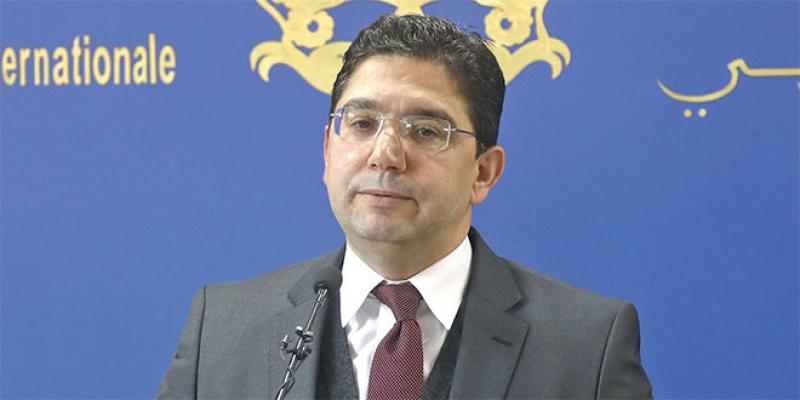In the fight against unsanitary housing, the achievements are far from being perfect. This observation, made by the Court of Auditors in its latest report, provides information on the shortcomings of the ministers who have succeeded each other at the head of this department.

Yet the political and institutional commitment of the Government to resolve this issue has been clear. Indeed, the Cities Without Slums (CWS) program was launched in 2004, with the stated goal of treating 270,000 households in 70 cities.
Since that date, the number of households concerned has continued to increase. In 2018, this number had reached 472,723, i.e. an increase of 75%, with an average annual addition of 10,669 households. Despite treating 280,000 households between 2004 and 2018, this CWS program is struggling to move forward with the speed required to eradicate the slums that abound in all major cities.
This anachronistic situation is explained by a series of malfunctions that have been observed: changes in the goals assigned to the program, shortcomings in the management of the follow-up to be made on the cases at hand, anomalies in the development of city contracts, failures in the control of subsidies from the Housing Solidarity Fund, and other issues.
• Low-income housing has benefited only partially the targeted households
In terms of low-income housing, the benefits of the program ended in 2020 ; it must be recognized that the program has made it possible to speed up the pace of housing production in recent years. Indeed, the housing stock was reinforced by 517,201 units of 250,000 Moroccan Dirhams (MAD) (about 25,000 USDs) and 28,053 others of 140,000 MAD (about 14,000 USDs). However, it turned out that this significant production benefited only partially the targeted households, especially those living in slums and in houses threatening to collapse (HTCs).
• Absence of a common approach between the Housing and the Interior ministries
As far as the HTC stock is concerned, evaluated at 43,734 buildings in 2012, i.e. 0.5% of the national housing stock, it is mainly located in the medinas with 18,619 dwellings (42.5% of HTCs). According to the report, the cost of financing the agreements entered into between the Governments and real estate developers reached in 2021 nearly 5.780 billion MAD, subsidized by the line ministry to the tune of 1.910 billion MAD. Currently, the number of buildings having been the subject of financing and construction agreements amounts to 37,004, of which a total of 22,000 have already been processed. However, the Court of Auditors points out the absence of a common and approved approach between the Ministries of Housing and the Interior in the identification of HTCs. This lack of standardization has led to different data on the HTC stock according to each ministry, especially since, in 2016, the law has set up a new framework for the treatment of this type of housing.
This new framework consists in the establishment of the National Agency for Urban Renewal and Rehabilitation of Buildings Threatening to Collapse (ANRUR). More than five years after its creation, the Agency has not yet activated its action plan.
Mohamed CHAOUI


























